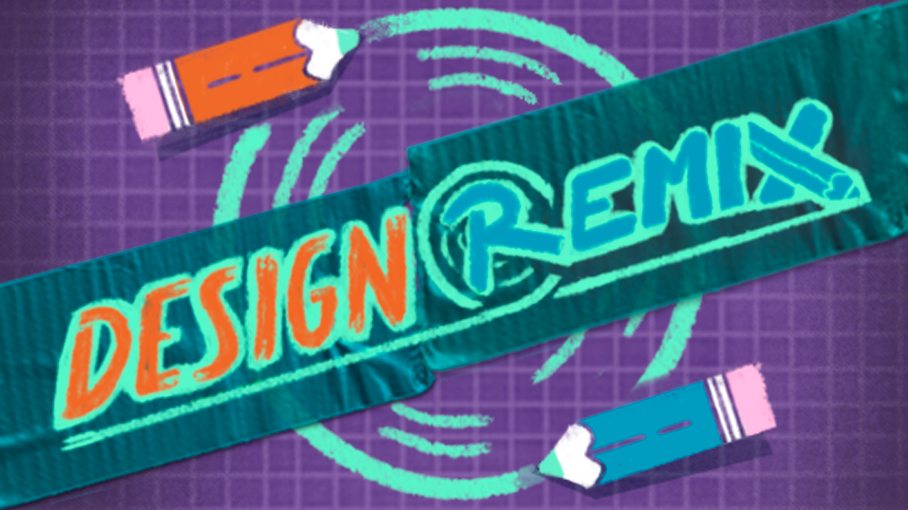
GeekDad: I’m talking again today with a friend and colleague Melissa Carlson about her work in making digital engineering games. Please tell me about yourself in 28 words.
Melissa Carlson: I’m a Senior Digital Producer in the Children’s Media group at the WGBH Educational Foundation. I work on a variety of projects that support STEM learning, including Design Squad.
GD: What do you do on Design Squad?
MC: I lead production of all our digital content for kids: games, design challenges, blogs, and online community.
GD: What is Design Squad?
MC: Design Squad started as an engineering TV series on PBS KIDS, then grew into a digital-only series with a strong online community of kid designers. The goal of Design Squad is to empower middle school youth to solve real-world problems using the design process and to understand the impact of engineering in a global context. Our current initiative, Design Squad Global, is funded by the National Science Foundation and The Lemelson Foundation. Funding for our newest feature, Design Remix, was provided by the Filene Foundation.
GD: Tell us about Design Remix.

MC: Design Remix is a new interactive drawing feature on the Design Squad Global website. It helps members of our online community build collaboration skills that professional engineers use when they work together to design solutions. The kids do this by adding to each other’s designs in a way that improves or transforms the original.
GD: Where did the idea for Design Remix come from?
MC: Design Remix began as a prototype we made called “Sketch on Sketch” which provided a very basic way for users to collaborate on designs. However, user testing showed that kids needed more support through the design revision process and had some concerns about how the prototype worked. Design Remix gave us the opportunity to address these issues and improve the feature.
GD: What was it about Sketch on Sketch that needed redesigning?
MC: When we did user testing of Sketch on Sketch, kids worried that the creator of the original design would be offended or upset to see their work changed. Kids were also concerned about whether the original design would be overwritten, and whether the original designer would get credit on the new remixed version. We saw there was a lot we could do to help kids better understand why collaboration is a good thing, and the mechanics of how to do it. This gave the DS team a great opportunity to act like engineers, by taking a feature that wasn’t working, identify the problem, test, evaluate, and redesign.
GD: How did you develop this feature?
MC: With Design Remix, we followed our typical production process of brainstorming, sketching, prototyping, and testing. We started out paper prototype testing with users because it was more efficient than building out a lot of website functionality that we might need to totally revise after testing. This paper testing was especially helpful! We gave kids paper and crayons and asked them to draw designs for better school transportation. Then, we had them pass their drawing to the person beside them, so that the new person could add to their drawing. We got quite a response! Kids were initially confused about the goals of collaboration, and annoyed that someone else was changing their drawing. We were able to discuss these issues with the kids and identify some ground rules for good collaboration, which we carried over into the feature design:
- Explain why collaboration is important for design and engineering
- Show respect for the original design idea and designer
- Changes should address the design’s functionality and not just aesthetics
- Offer explanations of why the changes were made and how they improved or changed the original
We then designed and build this facilitated collaboration experience, which included example designs, onscreen instructions and prompts, a companion video modeling the process, and a redesigned drawing tool.
GD: So, how does one Remix?
MC: Kids choose from four “starter” designs we select monthly from our online community, and use a special version of our drawing tool that lets them see the original design alongside their new version.

As they’re drawing, we offer prompts (“What problem is the original idea trying to solve?” and “What new ideas can you add?”) to get kids thinking about how they might improve or transform the original design. These new designs are reviewed by our moderator, with a selection posted weekly to a gallery that kids can browse for inspiration.
GD: How have kids responded to Design Remix?
MC: We’ve seen over five thousand Remix submissions since the feature launched in August. Even more exciting is that kids are practicing their design collaboration skills in other areas of our online community, too; there have been three times more collaborative designs submitted to the site since we launched Remix. We’re thrilled to see kids taking what they’ve learned in Remix and applying it throughout the community! Here are a few of our favorite remixes:



Full disclosure: In addition to Melissa Carlson, Tara Taylor, Kal Gieber, Stefan Mallette, Louise Flannery, and Amy Stahl, the current digital team for Design Squad Global includes this author, with leadership from Executive Producer and Design Squad creator, Marisa Wolsky.
